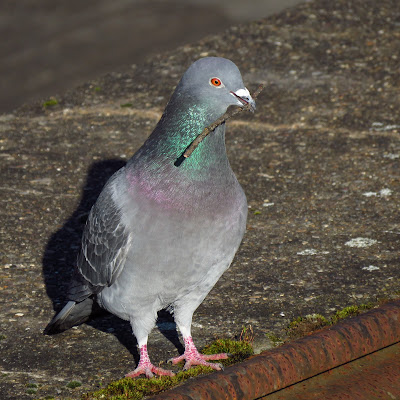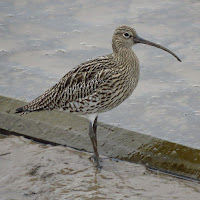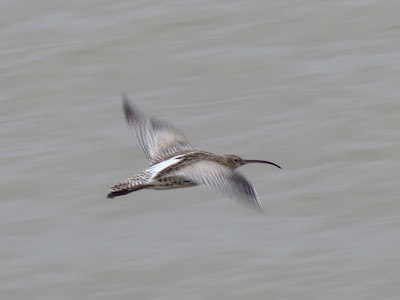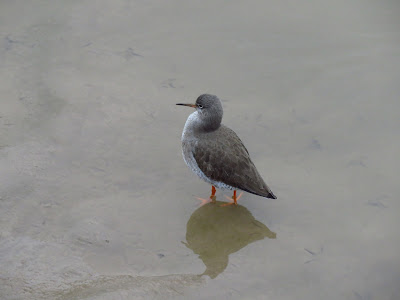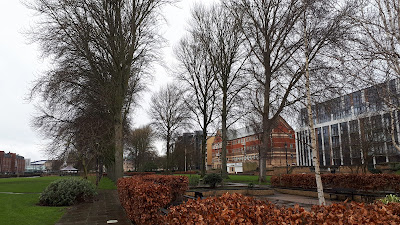
Sunday, 28 February 2021
Urban birding at Hull: Sculcoates, week 8

Tuesday, 23 February 2021
Hull urban birds. 10. Curlew
 A large wader with a long, down-curved bill, the curlew is unmistakable. They are brown with pale specks and the underside is whitish with dark speckling and barring. The legs are grey. Males and females differ on the length of the bill, with the larger individuals with proportionally longer bills being females. Male bill length ranges between 10 and 13.5 cm, whilst females bill length ranged between 12 and 16. Bill length alone can be used to sex curlews with an accuracy of 95%.
A large wader with a long, down-curved bill, the curlew is unmistakable. They are brown with pale specks and the underside is whitish with dark speckling and barring. The legs are grey. Males and females differ on the length of the bill, with the larger individuals with proportionally longer bills being females. Male bill length ranges between 10 and 13.5 cm, whilst females bill length ranged between 12 and 16. Bill length alone can be used to sex curlews with an accuracy of 95%.Hull urban birds. 9. Mute Swans

The Breeding Pairs
Pickering Park. A pair has successfully fledge young every year at least since 2017. The pair is ringed (841 and 842). They allow their cygnets to remain all through the following breeding season, so often there are two batches of young with the adults. This is possibly to do with the large size of the lake. These are my notes with cygnets at the grown stage: 2020 (3 cygnets), 2019 (started with 8, then 4 cygnets), 2018 (5 cygnets), 2017 (4 cygnets).
Oak road. Another place where a pair raises young most years at least since 2012. They often move between the lake and the river Hull.
Beverley and Barmston Drain. A pair bred near Sculcoates Lane (2020, 4 cygnets) and possibly at Hall Road (a pair was present). Possibly in other secluded spots along the drain.
East Park. Has bred in the past, but no recent breeding. There are often several individuals present during the winter.
Noddle Hill. Has bred, but no recent records.
Bramsholme reservoir. Has the largest swan aggregations in the winter. Up to 34 in October 1997 according to Richard Broughton, numbers seem much smaller in recent years.
Holderness Drain. Old records of pairs present.
Pearson Park. Occasional dispersing young have stayed the winter.
Let me know in the comments if you know of any other breeding pair.
Conservation
Mute Swan populations are stable in the UK, after a period of population increase, possibly driven by the banning of lead weights for fishing. However, it is an Amber listed species due to the size of the UK wintering population. The Mute Swan has a Biodiversity Action plan in Hull. Main threats are disturbance of nesting birds and entanglement with fishing gear. Dispersing young are liable to collisions with buildings and overhead cables. Contact the Police Wildlife Liaison Officer if you witness any attacks to swans or their nests.Contact the Police Wildlife Liaison Officer







